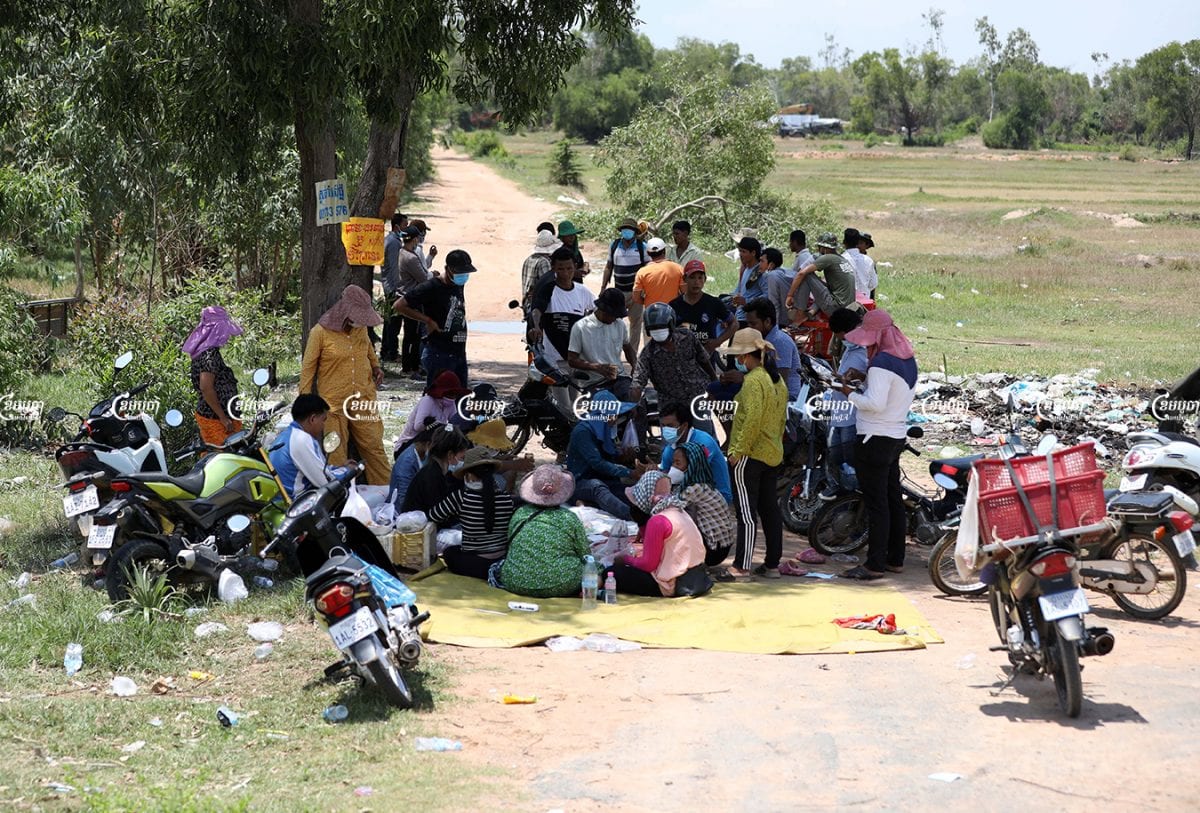Ang Snuol: Unveiling Rural Charms In Cambodia
It is no secret that in many parts of the world, land disputes are a common occurrence. Cambodia is no exception to this, as villagers in Kandal province's Ang Snuol district have been dealing with a disputed land issue for some time now. Recently, occupiers of the disputed land received "conditional titles" which has left many in the area with mixed feelings.

Many villagers who have been occupying the land for years were relieved to receive some form of title, even if it comes with conditions. However, some are still skeptical and fear that the conditions may lead to the forfeiture of their land in the future. This issue is not unique to Kandal province, as many other provinces in Cambodia also deal with land disputes.
Despite the ongoing land disputes, Cambodia is a country with a rich and vibrant culture. The country is a popular tourist destination for many reasons, including its beautiful scenery and historic landmarks.
Demographics and Culture:
Cambodia has a population of over 15 million people, with roughly 90% of the population being Khmer, the country's largest ethnic group. The country's official language is Khmer, but many also speak English and French. Buddhism is the primary religion in Cambodia, with an estimated 97% of the population practicing the religion.
Cambodia has a deep cultural history, with influences from India, China, and other Southeast Asian countries. The Khmer Empire, which ruled over much of Southeast Asia during the 9th to 15th centuries, was responsible for the construction of many famous landmarks in Cambodia, including Angkor Wat, one of the largest religious monuments in the world.
Tourist Destinations:
When it comes to tourist destinations in Cambodia, Angkor Wat is undoubtedly at the top of the list. The massive temple complex attracts millions of visitors each year and is a UNESCO World Heritage Site. Other popular tourist destinations in Cambodia include Phnom Penh, the country's capital city, and the temples of Banteay Chhmar.
Shopping and Culinary:
Cambodia is known for its colorful markets and traditional handicrafts. The Russian Market in Phnom Penh is a must-visit for tourists looking for hand-woven textiles, pottery, and jewelry. When it comes to cuisine, Cambodian food is heavily influenced by neighboring countries like Vietnam and Thailand but also has its unique flavors. Sample dishes like amok (fish curry) or beef lok lak (stir-fried beef) for a taste of traditional Khmer cuisine.
Tips:
If you plan to visit Cambodia, it is essential to pack appropriately. Cambodia has a tropical climate, with hot and humid weather year-round. Be sure to bring lightweight clothing, sunscreen, and a hat to protect yourself from the sun. Keep in mind that Cambodia is a developing country, so be prepared for infrastructure challenges like poor roads and limited healthcare in some areas.
FAQ:
Q: Is Cambodia safe for tourists?
A: Cambodia is generally a safe country for tourists, but it is essential to take safety precautions like not carrying valuable items with you and being aware of your surroundings. Petty crime, like theft, is not uncommon, so keep an eye on your belongings.
Q: What is the best time of year to visit Cambodia?
A: The best time to visit Cambodia is during the dry season, which runs from November to May. The weather is less humid, making it more pleasant for outdoor activities. However, keep in mind that this is also peak tourist season, and prices will be higher.
Q: What is the currency in Cambodia?
A: The official currency in Cambodia is the Cambodian riel. However, US dollars are widely accepted, and many transactions, especially in tourist areas, are conducted in US dollars.
In conclusion, Cambodia is a country with a rich history and culture, despite the ongoing land dispute issues. From the temples of Angkor Wat to the vibrant markets of Phnom Penh, there is something for everyone in Cambodia. Remember to pack appropriately for the climate and take safety precautions while exploring this beautiful country.


Post a Comment for "Ang Snuol: Unveiling Rural Charms In Cambodia"